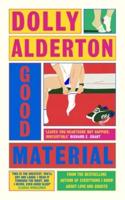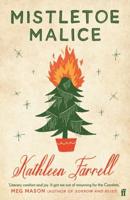Publisher's Synopsis
"The Ganges Water" realistically portrayed the sorrows of the people who were forcedly divided and displaced by their religion and politics - such as that of Moslems in India, Hindus in Bangladesh, and other religious sects.
The Ganges Water narrated the intertwined lives of the Moslem and Hindu families who lived next to each other in Maldah, India. Sahara was a Moslem widow who lost her husband to the cholera epidemic. On the other hand, an upper-caste Hindu, Ahalya, became a widow because of the zihad, or religious war, committed by Sahara's youngest brother, Badruddin, and other Moslems against Ahalya's innocent husband. From the rigid practices brought by religion, whether it be Hinduism or Islam, which caused the demise of her husband, Ahalya momentarily strayed from the traditions. Ahalya's life slowly intermingled with Sahara, becoming good friends with her and her Moslem family. She fell in love with Sahara's brother, Sadruddin, who was the breadwinner of his father's entire family. She also allowed her daughter, Ramola, to play amiably with Sahara's son, Poncho - the two illuminating "the innocence, the chastity and harmony of humanity, purer than 'Ganges water' and happier than 'Eid-ul Azha'. They had no religion. They belonged to humanity, the universal brotherhood of man, the greatest religion of mankind."
As Poncho and Ramola grew up and fell in love with one another, the political conflicts surrounding their religious cultures also arose. The verdict on whether their land, Maldah, would be part of Pakistan, which would be Moslem, or of India, which would be Hindu, would soon be given. However, violence had already spread with the Hindus seeking to wipe out every single Moslem in Maldah, eventually transpiring to the brutal murder and rape of Sahara's and Sadruddin's entire household. Poncho and Sadruddin, the only two who survived, had to migrate to a foreign land to save their lives, but ironically lose their hearts.
"The Ganges Water" is a recommended reading for both Moslems, Hindus, and Christians alike. It is also a good reading material for those seeking to personally relive the significance and impact (or the lack thereof) of religion in society, particularly in political and socio-cultural affairs.







